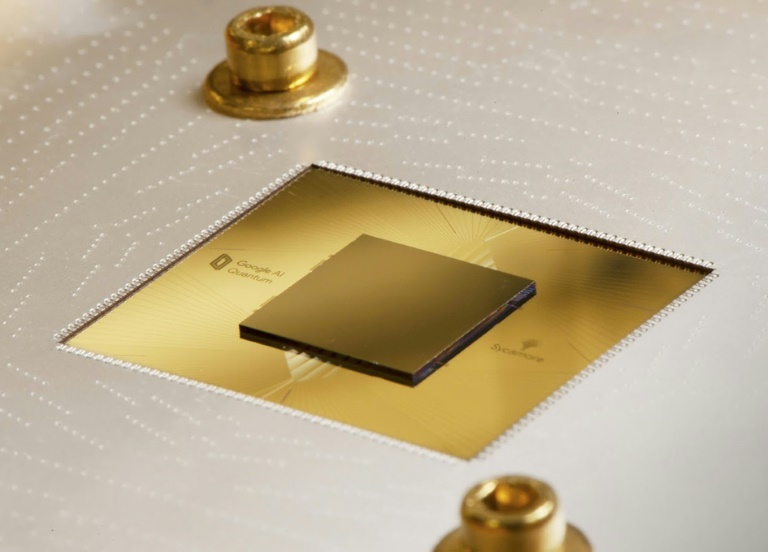Europe at last has an answer to Silicon Valley
TEN TIMES a second an object shaped like a thick pizza box and holding a silicon wafer takes off three times faster than a manned rocket. For a few milliseconds it moves at a constant speed before being halted abruptly with astonishing precision—within a single atom of its target. This is not a high-energy physics experiment. It is the latest lithography machine dreamed up by ASML, a manufacturer of chipmaking tools, to project nanoscopic chip patterns onto silicon wafers. On January 5th Intel, an American semiconductor giant, became the first proud owner of this technical marvel’s initial components for assembly at its factory in Oregon.
Like the outwardly unassuming machine, its Dutch maker is full of surprises. The company’s market value has quadrupled in the past five years, to €260bn ($285bn), making it Europe’s most valuable technology firm (see chart 1). Between 2012 and 2022 its revenues and net income both rose roughly four-fold, to €21bn and €6bn, respectively. At the end of 2023 ASML’s operating margin exceeded 34%, staggering for a hardware business and more than that of Apple, the world’s biggest maker of consumer electronics (see chart 2).
Such stellar performance, which is likely to shine even more brightly when ASML reports quarterly results on January 24th, is now routine. The firm holds a monopoly on a key link in the world’s most critical supply chain: without its kit it is next to impossible to make cutting-edge computer processors, such as those that go into smartphones and data centres where artificial intelligence (AI) is trained. With global semiconductor sales forecast to double to $1.3trn by 2032, every big country and every big chipmaker wants ASML’s gear. The company has become so important in the Sino-American techno-tussle that, as it emerged at the start of the year, President Joe Biden’s administration pressed ASML to cancel planned deliveries of even its older…
2024-01-08 16:06:42
Post from www.economist.com
rnrn


















